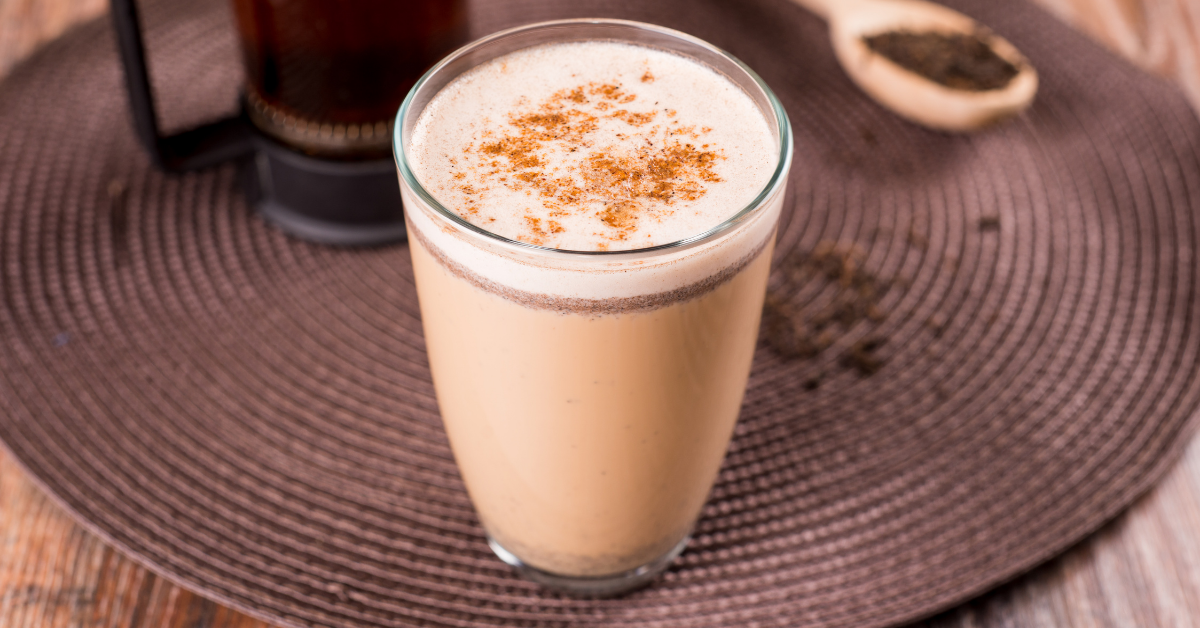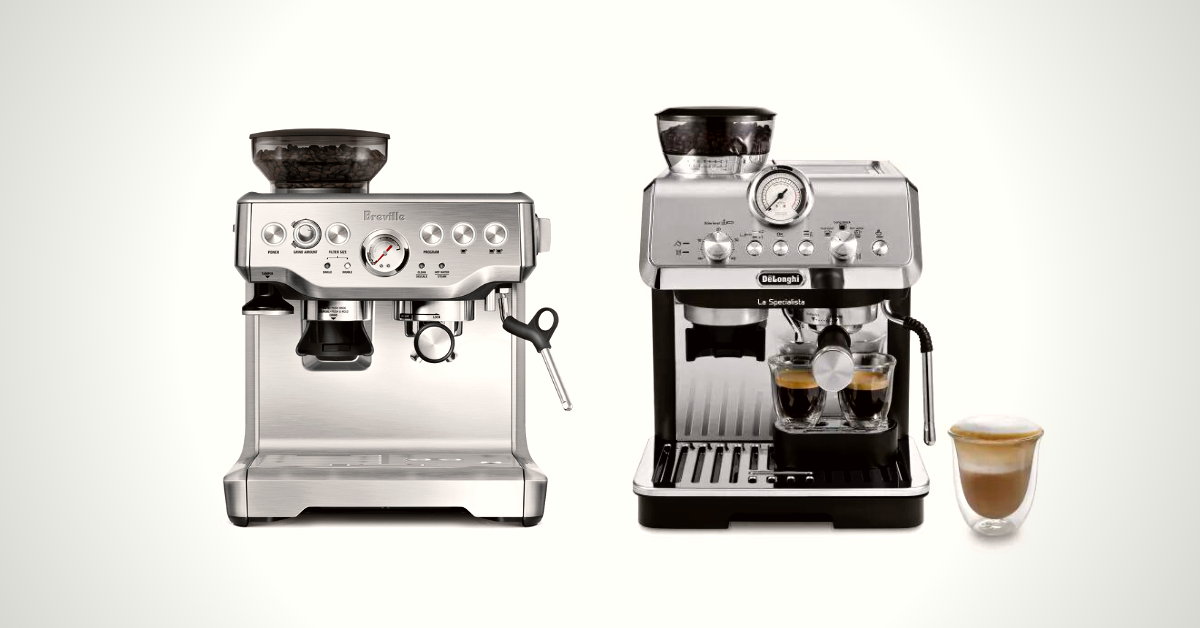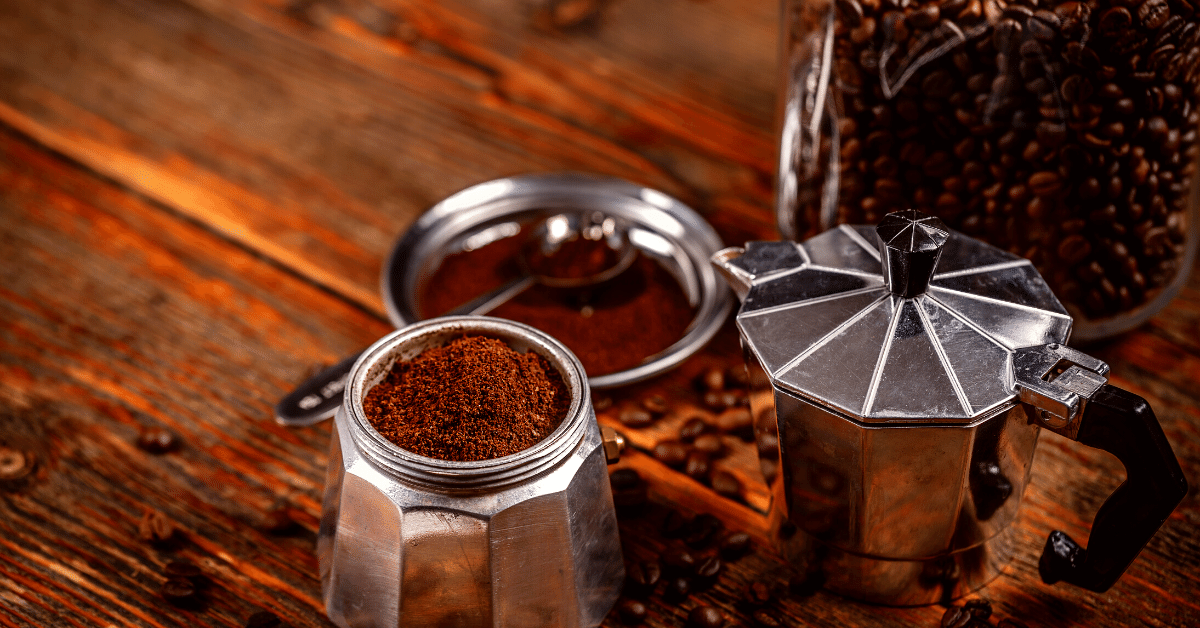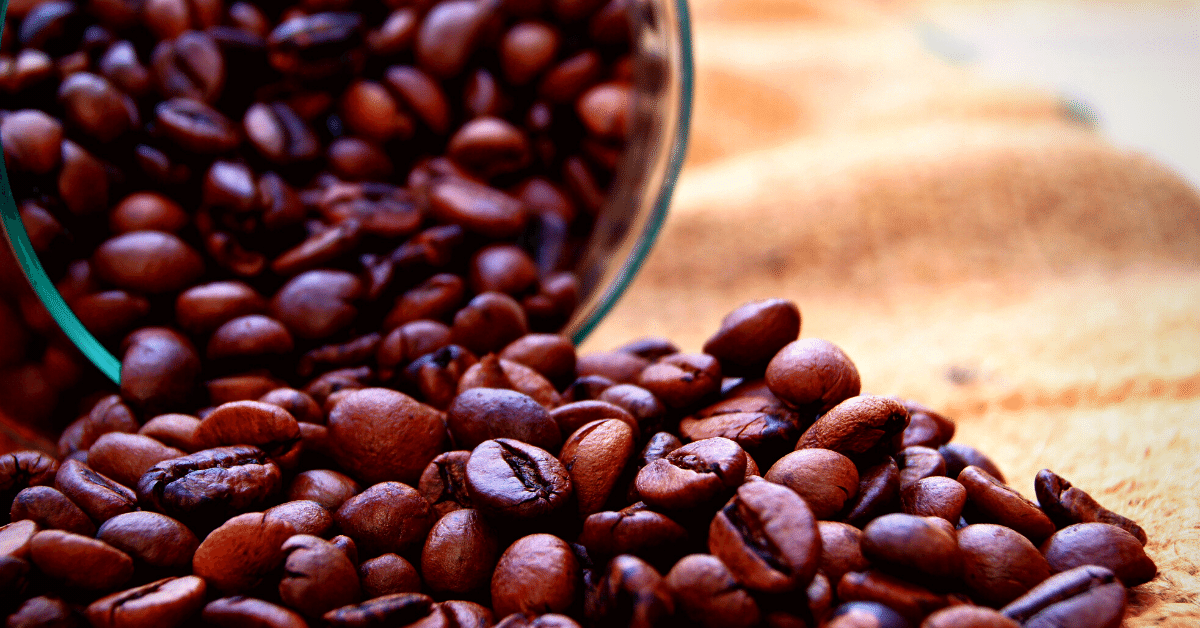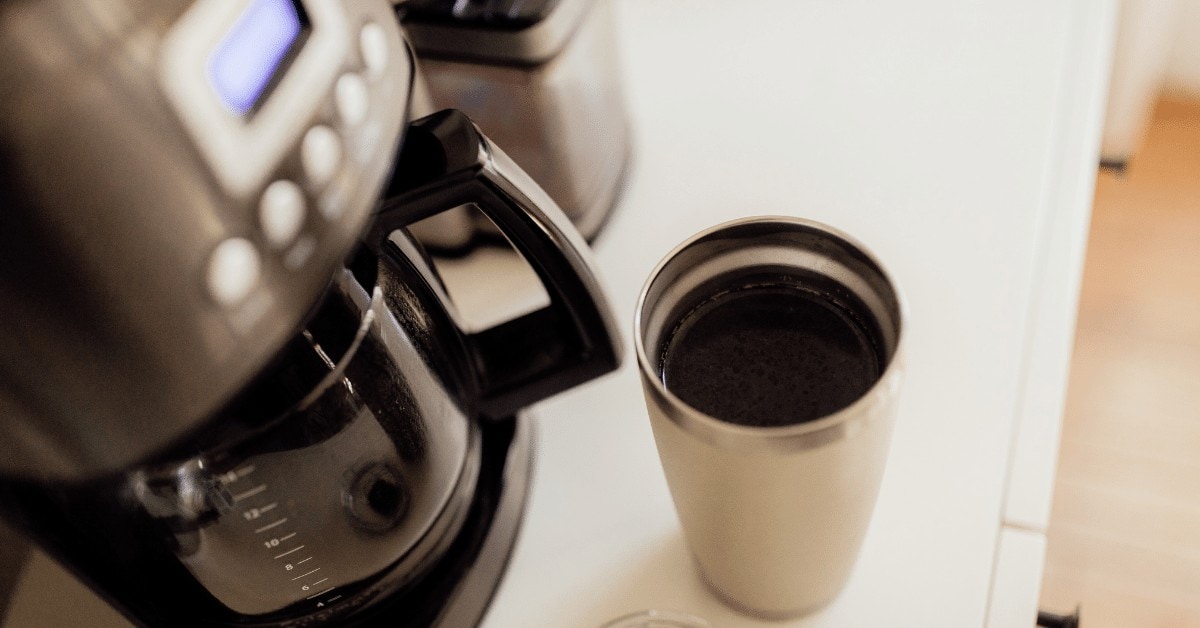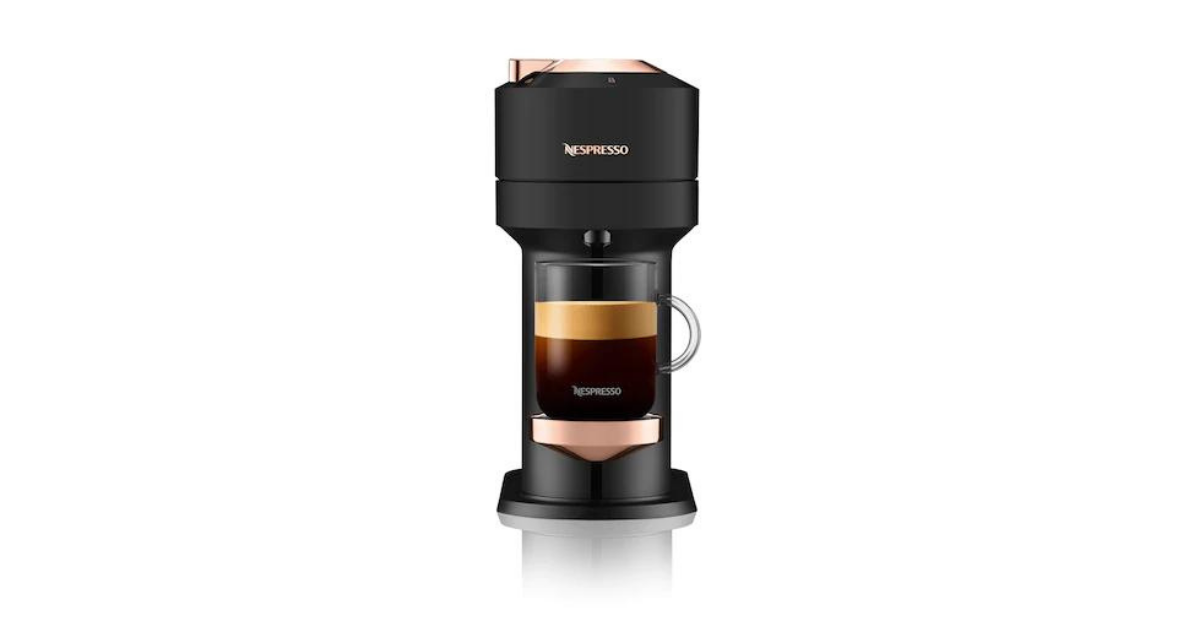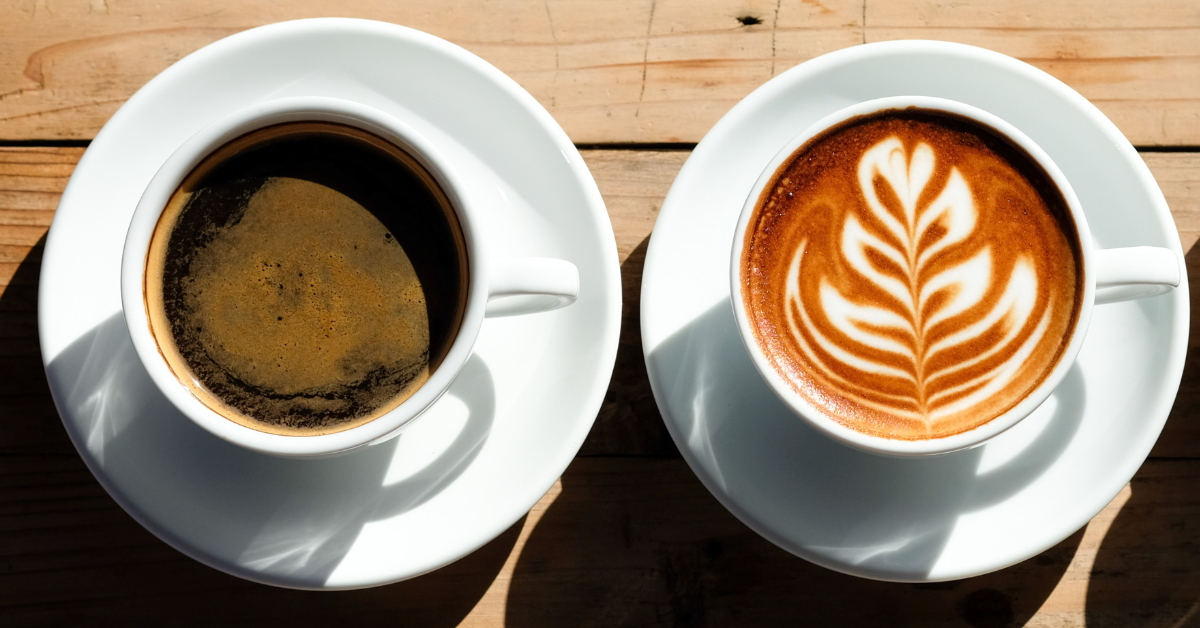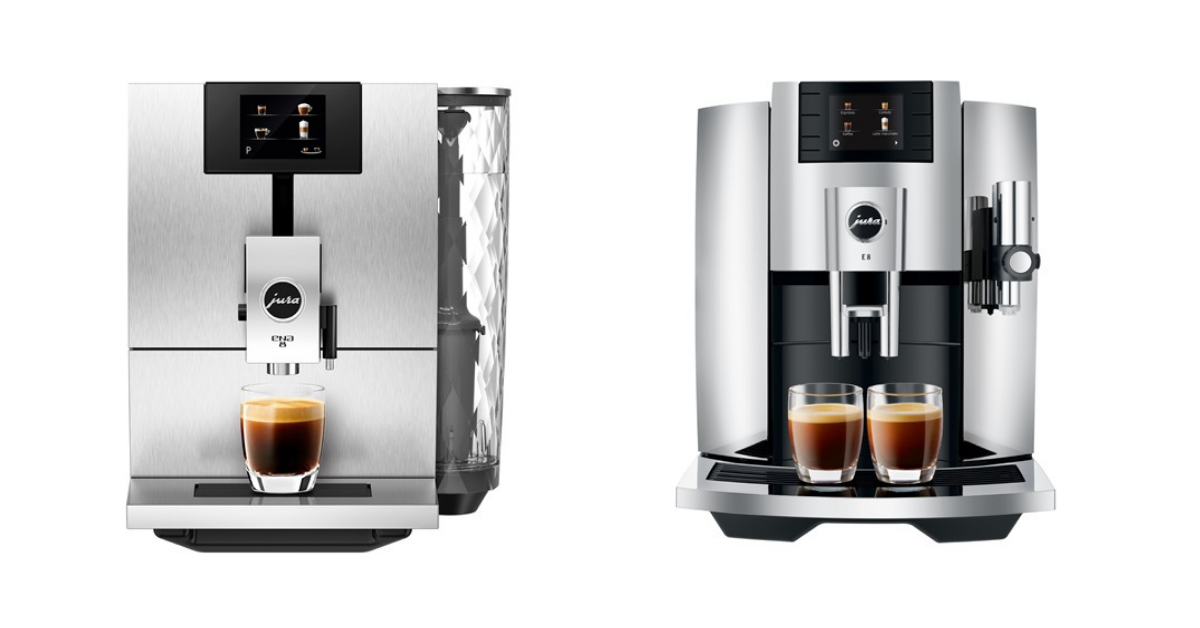Spanish lattes are sort of like a twist on your classic latte.
They’re a subtly sweet espresso drink made with condensed milk, espresso, and steamed milk.
Of course, there’s a whole lot more that goes into them than just that.
Ready to learn the full story behind the Spanish latte?
Let’s get started.
What Is a Spanish Latte?
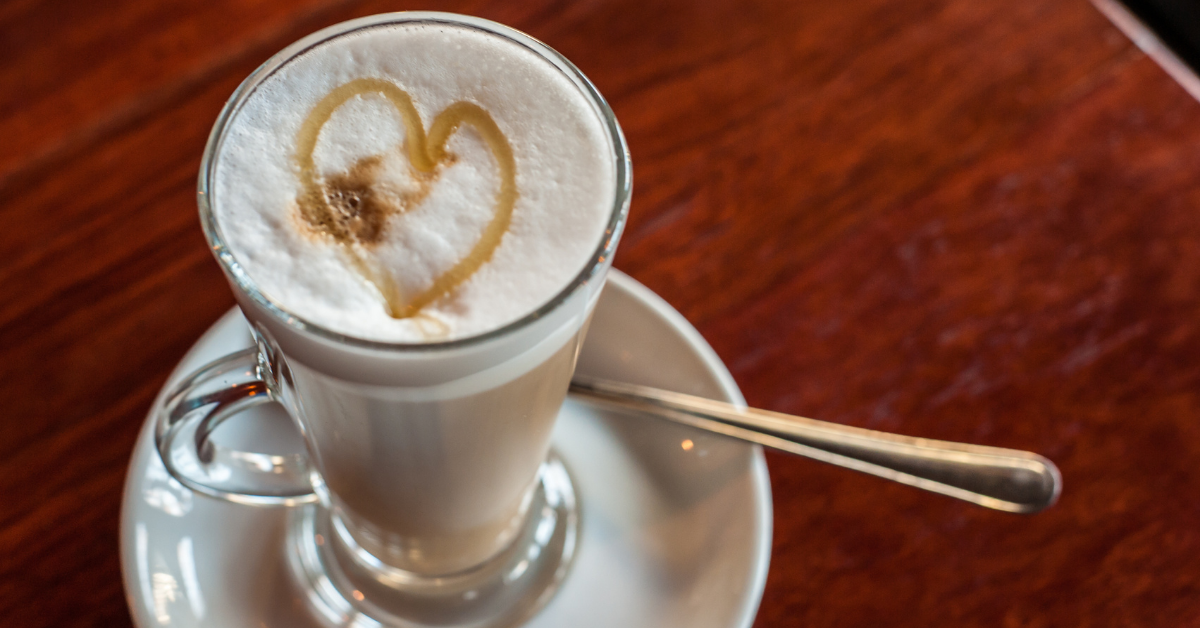
Let’s start by breaking down what a Spanish latte actually is. Spanish lattes, also called café con leche are a type of espresso-based drink.
They’re actually pretty simple, made from espresso, scalded milk, and condensed milk.
Thanks to the addition of the condensed milk, the Spanish latte is a bit sweeter than your standard coffee-shop latte.
It’s also unique in that it uses scalded milk.
That’s very different from milk foam or steamed milk, which is what you’re used to on your macchiatos and cappuccinos.
It doesn’t have that creamy flavor, either, since the milk is scalded. The beverage tastes a little bit stronger and sweeter instead.
The Origins of the Spanish Latte
Although there’s no clear record of when the first Spanish latte was invented, there’s quite a bit of speculation.
The general consensus is that a man called Angel Camacho invented it at the beginning of the 20th century. However, the jury is still out on this one.
Others say that the Spanish Latte is a variation of the more well-known Vietnamese iced coffee, or ca phe sua da.
Vietnamese coffee is made of dark hot coffee and condensed milk. It’s then served over ice, although you can technically serve it hot, too.
Vietnamese iced coffee is much sweeter than a Spanish latte and doesn’t include espresso. However, some people think that the Spanish latte stole the idea from this drink.
Spanish Latte vs Regular Latte
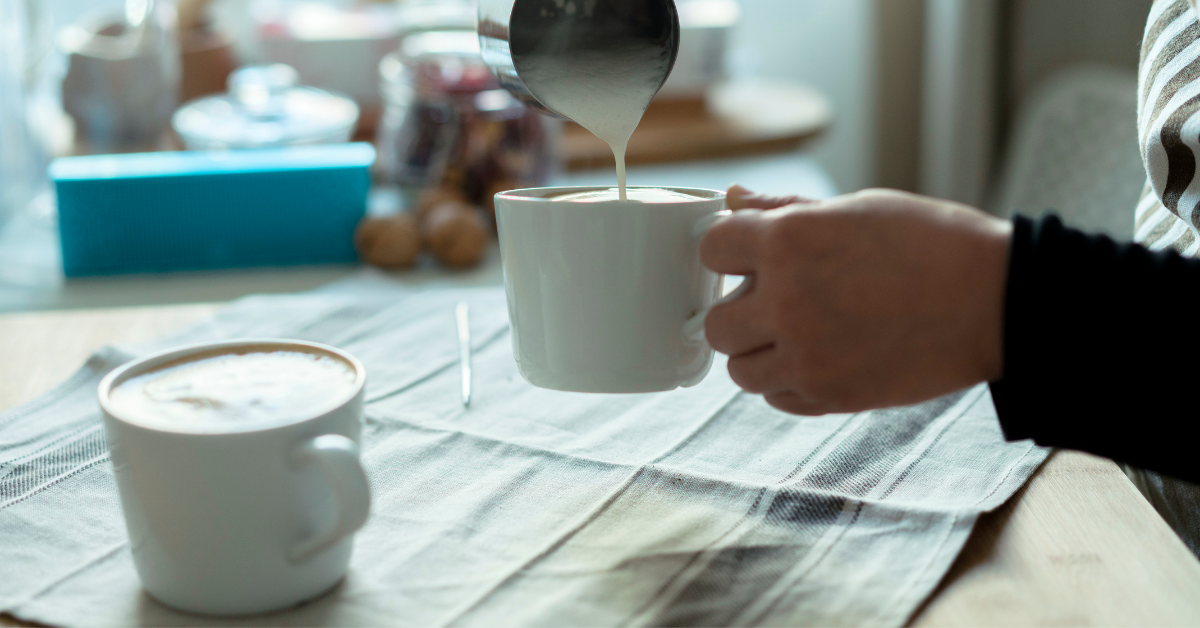
Unlike the Spanish latte, a regular latte combines one part espresso with two parts milk.
There’s no sweetener added to a normal latte, although you’re welcome to sweeten it if you prefer.
On the other hand, a Spanish latte involves two shots of espresso, scalded milk, sweetened condensed milk, and a dash of cinnamon.
Not only are the number of ingredients different, but the types of milk are too.
Since the Spanish latte has scalded milk instead of steamed milk, the drink isn’t typically as light as a traditional latte. However, it is much smoother and milkier thanks to the two dairy ingredients.
Another difference between a Spanish latte and a traditional latte is that the Spanish latte is a lot stronger. That extra shot of espresso packs a powerful punch!
How to Make Spanish Latte At Home
There are two ways to prepare a Spanish latte: hot or cold.
Either way, you’ll need the same ingredients.
Let’s go over what you’ll need to get started with your Spanish latte!
Ingredients
To prepare a Spanish latte you need the following ingredients:
- 2 shots of espresso
- 1.5 tablespoons of condensed milk
- 100 grams of milk
The good news is that these ingredients are pretty easy to find in your local supermarket.
You can prepare the espresso shot using a Moka pot or an espresso machine. I’d recommend using an espresso machine since that’s what will give you a true espresso (and a more concentrated drink).
Equipment
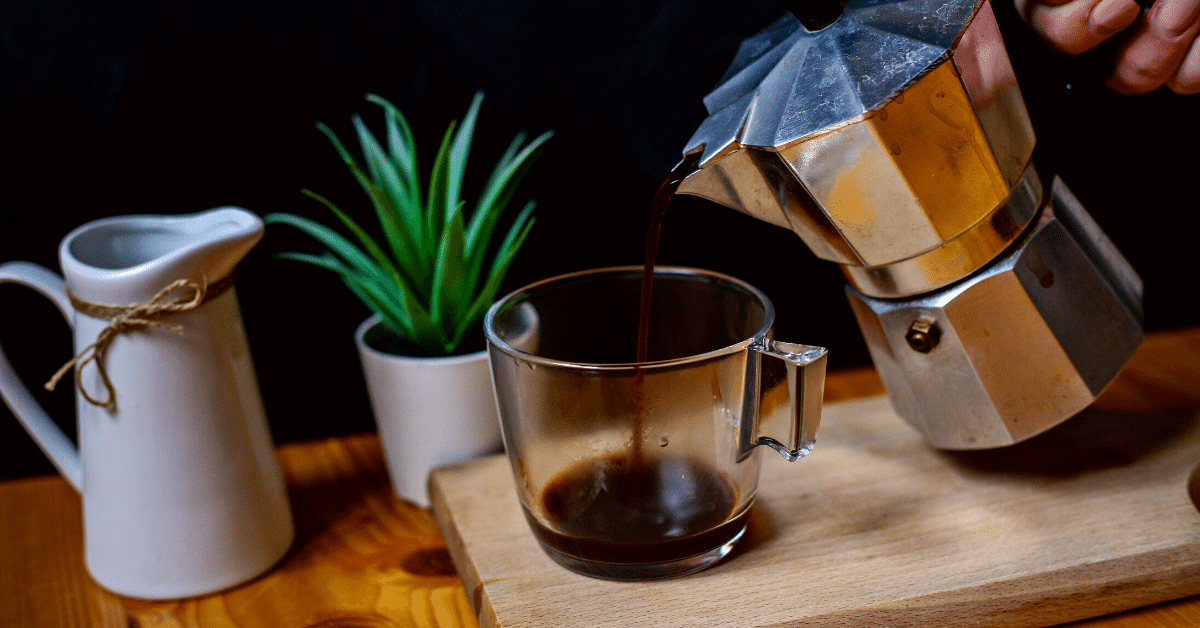
Now that you’ve gathered your ingredients, you’ll need to get a few pieces of machinery. For this recipe you’ll need:
- An espresso machine, moka pot, or aeropress
- A pot, microwave, or steam wand to heat the milk
- A thermometer to check the temperature of the milk (optional)
- A cup or glass for serving the latte
Bear in mind that if you plan to drink your latte iced, you’ll need to add some ice cubes and a refrigerator to your list.
Instructions
With your ingredients gathered and your machine heated up, you’re ready to get started!
Here’s a simple Spanish latte recipe:
- Prepare the espresso using your moka pot, aeropress, or espresso machine. You want to pull two shots of espresso, or 2 ounces of espresso.
- Pour the espresso into your cup or glass
- In a pot or saucepan, heat the milk over medium heat (about 180ºF), stirring it occasionally. Do not let the milk boil.
- You can also heat the milk in the microwave. Heat it for 30 seconds at a time, stirring it after each session.
- While the milk is heating, add the sweetened condensed milk to the espresso. Stir until the condensed milk and the espresso are combined.
- Pour the scalded milk on top of the espresso.
- Top with a sprinkling of cinnamon
Serving
Now you’re ready to serve your Spanish latte! Make sure that you stir the drink to combine all the ingredients.
Otherwise, the condensed milk may separate and settle to the bottom of the cup.
Then, serve your drink and enjoy!
Spanish Latte Variations
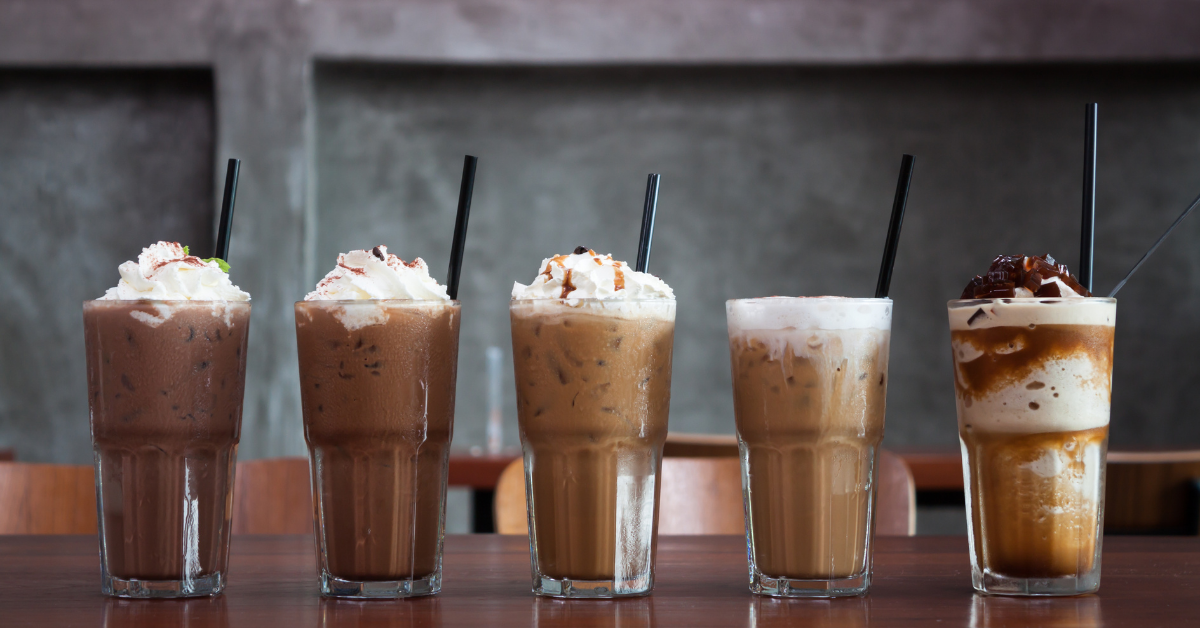
Just because you know how to make a Spanish latte doesn’t mean you can’t have any fun with it.
There are a couple of variations on your standard Spanish latte that you can check out!
Let’s take a look at a few.
Iced Spanish Latte
I mentioned before that you can make the Spanish latte as a hot drink or an iced beverage.
If you’re wanting to make a cold Spanish latte, you’ll need the exact same ingredients and equipment.
The only thing that changes is the way you prepare the drink.
For the iced version, find a tall glass and fill it to the top with ice. Then, add the espresso and condensed milk on top.
Finally, add the scalded milk.
You may want to top the glass up with extra ice afterward as it tends to melt due to the heat of the milk and espresso.
Then, stir the coffee and enjoy!
Toppings & Flavors
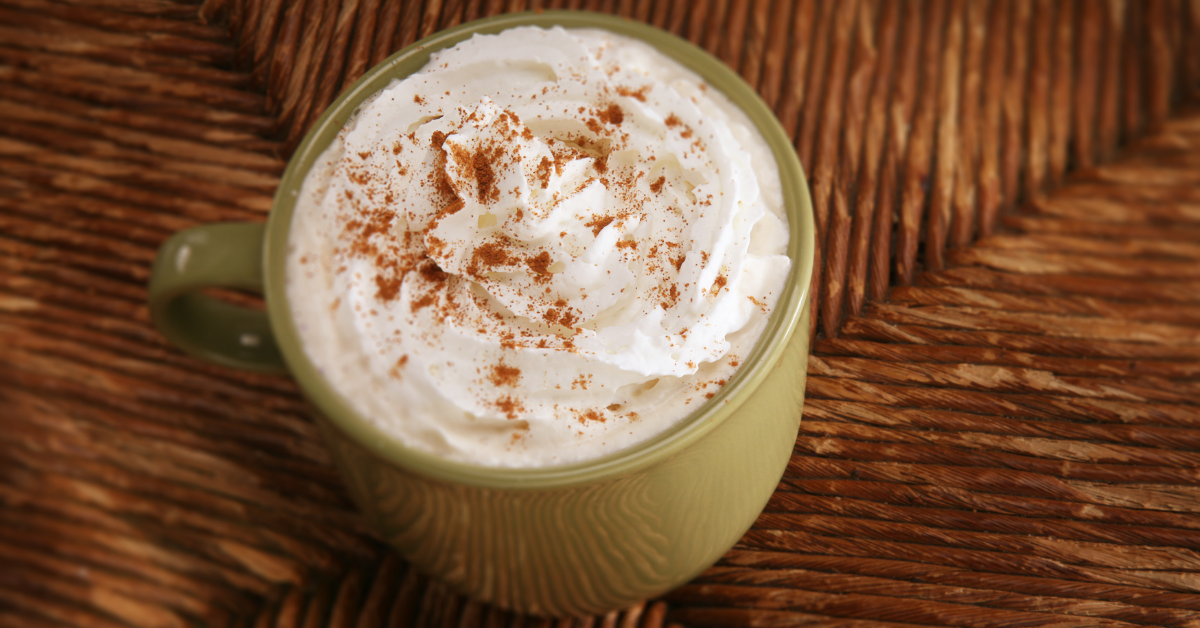
Another way that you can spice up your Spanish latte is with, well, spices.
Although the traditional recipe calls for a dash of cinnamon on top of the drink, you can also add:
- Whipped cream (my personal favorite!)
- Nutmeg
- Cinnamon sugar
- Cocoa powder
- Espresso powder
Alternatively, you can add a dash of extract or flavored syrup to your drink. Coconut extract and vanilla extract are two that go well with this drink and taste amazing.
Nondairy Ingredients
If you’re vegan, vegetarian, or have some dairy allergies, you can switch out the ingredients for non-dairy ingredients.
I have vegan family members, so I’ve become a fan of vegan condensed milk. It’s made out of coconut milk and, honestly, tastes better than regular milk.
You can also, of course, play around with the milk you use as well. And, since it’s scalded not steamed milk, you don’t have to worry about whether it’ll foam up properly or not.
FAQ
I know, I know.
There’s still a lot of mystery surrounding this particular beverage!
To help you out, I’ve put together a quick little FAQ on the Spanish latte.
Here are a couple of commonly asked questions about this drink to help you better understand just what a Spanish latte is!
Is Starbucks Latte Spanish?
Starbucks is an American multinational company that prepares a ton of different coffee drinks. However, this doesn’t mean that their menu features every possible coffee beverage out there.
Starbucks doesn’t offer a Spanish latte, and they don’t offer condensed milk as an add-on for you to make one. However, if you want something similar, Café Misto is the closest drink.
How Many Grams of Sugar Are in a Spanish Latte?
Although a Spanish latte doesn’t contain granulated sugar, it does have sugar content. That’s because both the sweetened condensed milk and scalded milk in the beverage contain sugar.
As a result, it winds up with a sugar content of about 32 grams. In terms of calories, that comes out to about 250 calories in a single serving.
How Much Caffeine Does the Spanish Latte Have?
A shot of espresso has about 63mg of caffeine. A Spanish latte has two shots of espresso, which means that is a pretty strong coffee that contains about 126mg of caffeine.
Final Thoughts
The Spanish Latte might not be the most well-known coffee beverage that can be found regularly in a coffee shop, but that’s not to say it isn’t worth knowing about.
The Spanish latte is the perfect blend of sweet and acidic, thanks to the condensed milk in the drink.
So, what do you say? Are you ready to try it for yourself?
Want to try out even more Spanish drinks? Then be sure to check out our barraquito recipe and learn how to make this local Tenerife drink at your home.

